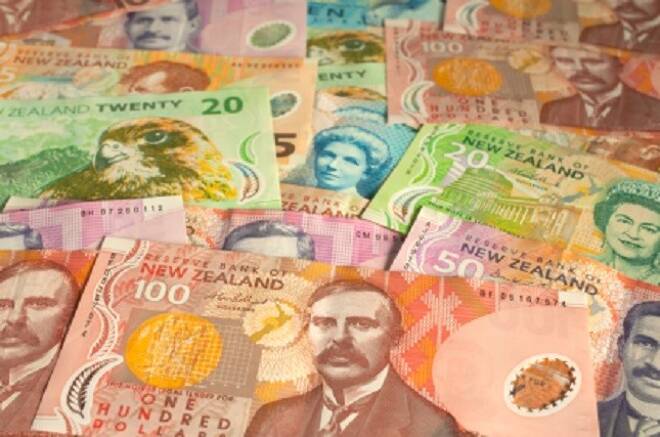Advertisement
Advertisement
The New Zealand dollar rolls over on Thursday
Updated: Apr 20, 2018, 05:08 GMT+00:00
The New Zealand dollar rolled over during the trading session on Thursday, breaking down below the 0.73 level. This shows signs of a move towards the support level underneath, which I believe is what we are about to see.
The New Zealand dollar broke down a bit during the trading session on Thursday, breaking below the 0.73 level to reach to much lower levels, perhaps down to the 0.7250 level. I think that’s an area that should continue to be of interest, and this is a market that has seen a significant amount of support at that level previously. In fact, it’s where we bounced from to start the entire move towards the 0.74 handle. Now that we have pulled back from there, the market is likely to find buyers again, and I think that the market will bounce from that area, but I think that short-term it’s likely that we will continue to see selling pressure between here and there. Ultimately, I think that we will continue to find value hunters going forward, especially if we can avoid a trade war between the United States and China.
The New Zealand dollar is a bit of a proxy for not only China, but overall risk appetite, showing signs that the traders around the world are trying to find a higher return as the interest rate differential is reasonably strong, and of course New Zealand is a route to Asia for currency traders as the Chinese yuan isn’t convertible.
I believe that we will eventually see a turnaround, but you will need to be very cautious, and I believe that we will probably have to add slowly, as the market turns around and back to the upside for the longer-term move. I recognize that the 0.75 level above is a target, but it’s going to take a lot of momentum to get above that level.
NZD/USD Video 20.04.18
About the Author
Christopher Lewisauthor
Being FXEmpire’s analyst since the early days of the website, Chris has over 20 years of experience across various markets and assets – currencies, indices, and commodities. He is a proprietary trader as well trading institutional accounts.
Latest news and analysis
Advertisement
